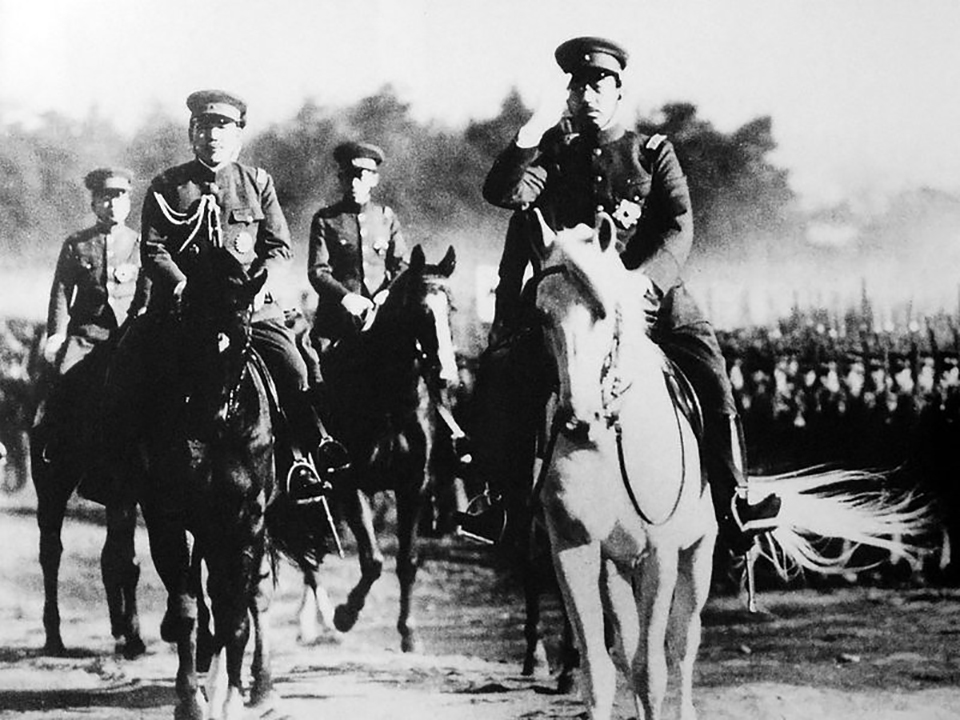buffnut453
Captain
Gato is a catshark?
What in all of hells bells is a catshark?
Some Frankenstein freak of hellishness.
Such a creature would be the worst monster that ever lived.
Only if they were equipped with lasers. Sharks with lasers? Bad. Catsharks with lasers? Very bad. Alas, all we get are disgruntled haddock...and no lasers!


